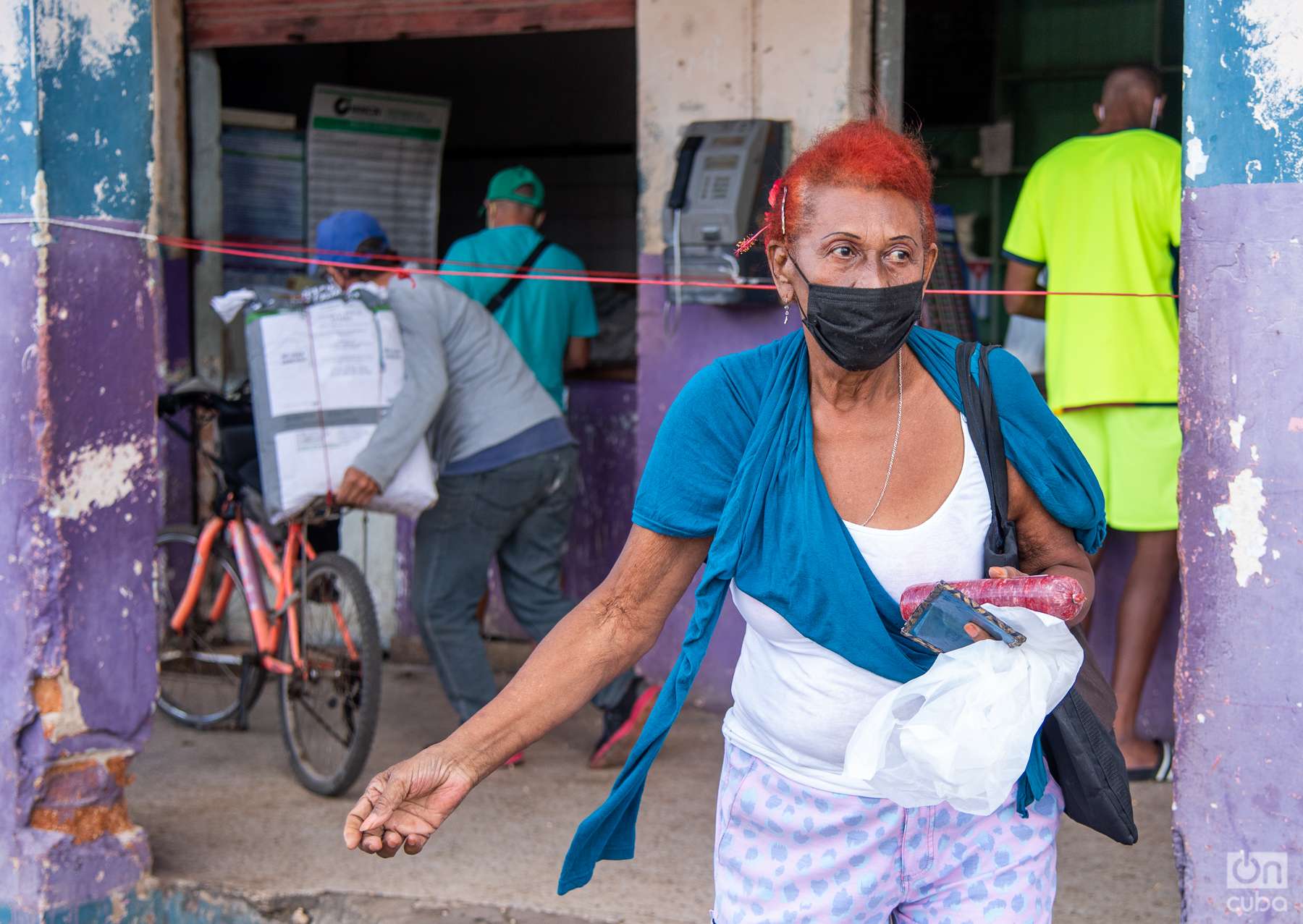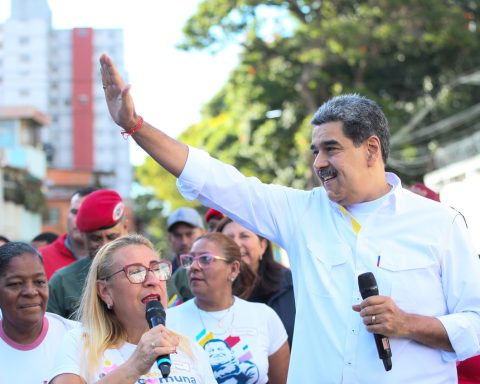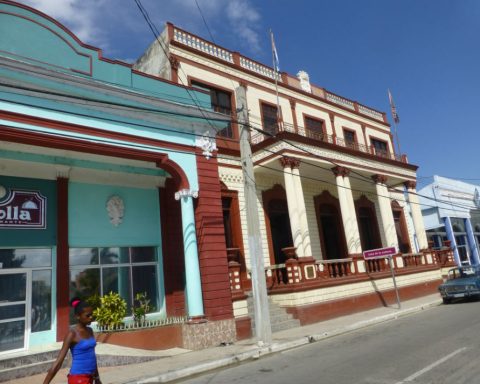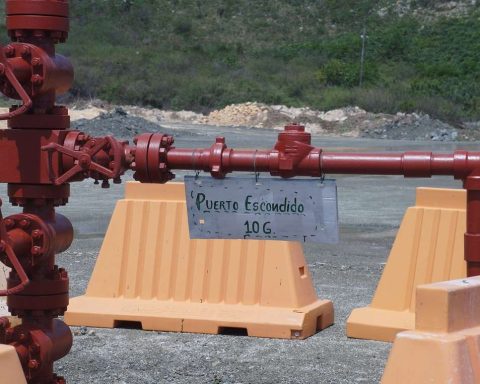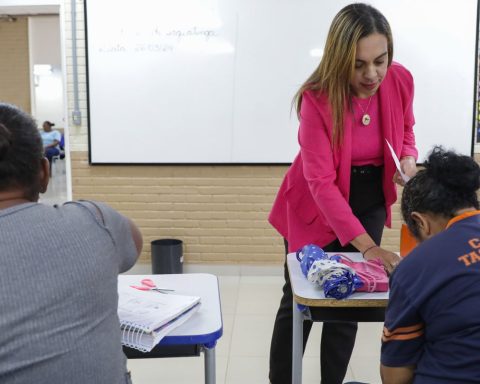Cuba reported six new infections of COVID-19 until midnight this Saturday, March 11, the date on which the third year of the identification of the first infected within the country was completed.
On that date in 2020 the Ministry of Public Health (MINSAP) reported that the samples taken from three Italian tourists with symptoms of the disease, and who were at that time staying in a rental house in Trinidad, in the province of Sancti Spíritus, had tested positive for the SARS-Cov-2 virus.
6 cases of #COVID19for a cumulative of 1,112,657 positives.
➡ 23 active cases
➡ 23 stable clinical evolution
➡️ 0 in critical condition
➡️ 0 in serious condition
➡️ 8,530 deaths
➡️1 104 045 recovered
➡️ 2 evacuees? https://t.co/LZnvrCJGIX pic.twitter.com/nPS7RX7prx
— Ministry of Public Health of Cuba (@MINSAPCuba) March 12, 2023
Since then, the national health system has been given the task of identifying infections and treating patients, sometimes using novel treatments, while scientists began a race to design and produce their own vaccines capable of immunizing the population.
During these three years, a total of 1,112,657 of the more than 14 million samples analyzed in Cuban laboratories have been positive, according to the most recent part of the MINSAP.
The report indicates that of the new cases, three were contacts of confirmed cases, one recently returned to the country. The source of infection of the other two has not been identified.
Currently, 51 patients with COVID-19 are hospitalized, 23 of them with the active virus.
The MINSAP has also reported that in these years of pandemic, 99.2% of the infected people (1,104,045) have managed to recover from the disease, while the official death toll has remained at 8,530 for several months. .
These numbers make Cuba exhibit a mortality rate of 0.77%, lower than the 1% registered in the world at the moment, and the 1.54% corresponding to the average of the countries of America.
Cuba has developed three vaccines against COVID-19 with which it implemented an immunization schedule extended to the population of all ages.
In addition, although its vaccines have not received final approval from the World Health Organization (WHO), their use has been certified by regulatory entities in several countries such as Belarus, Mexico, and Iran.
